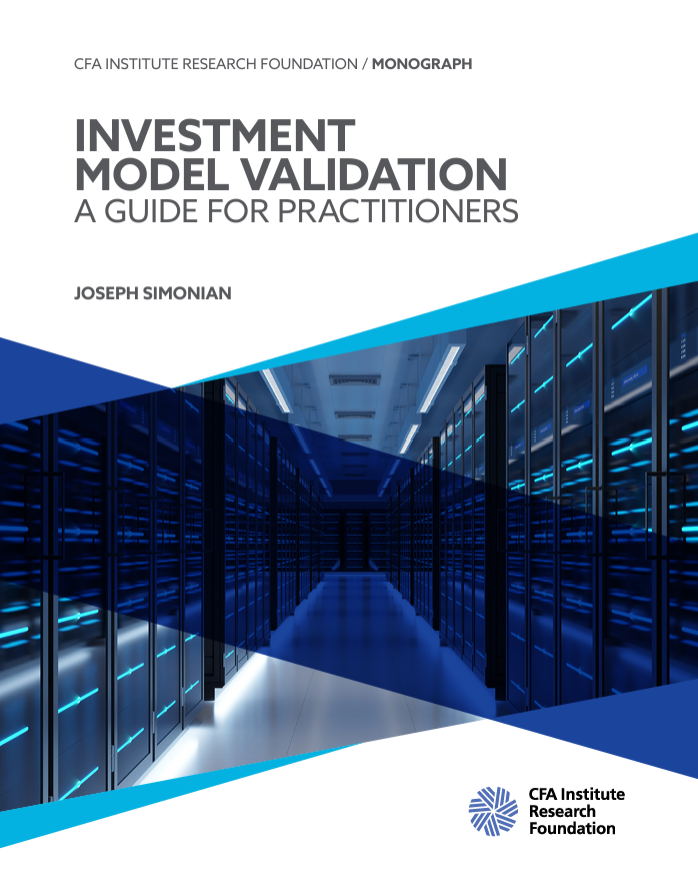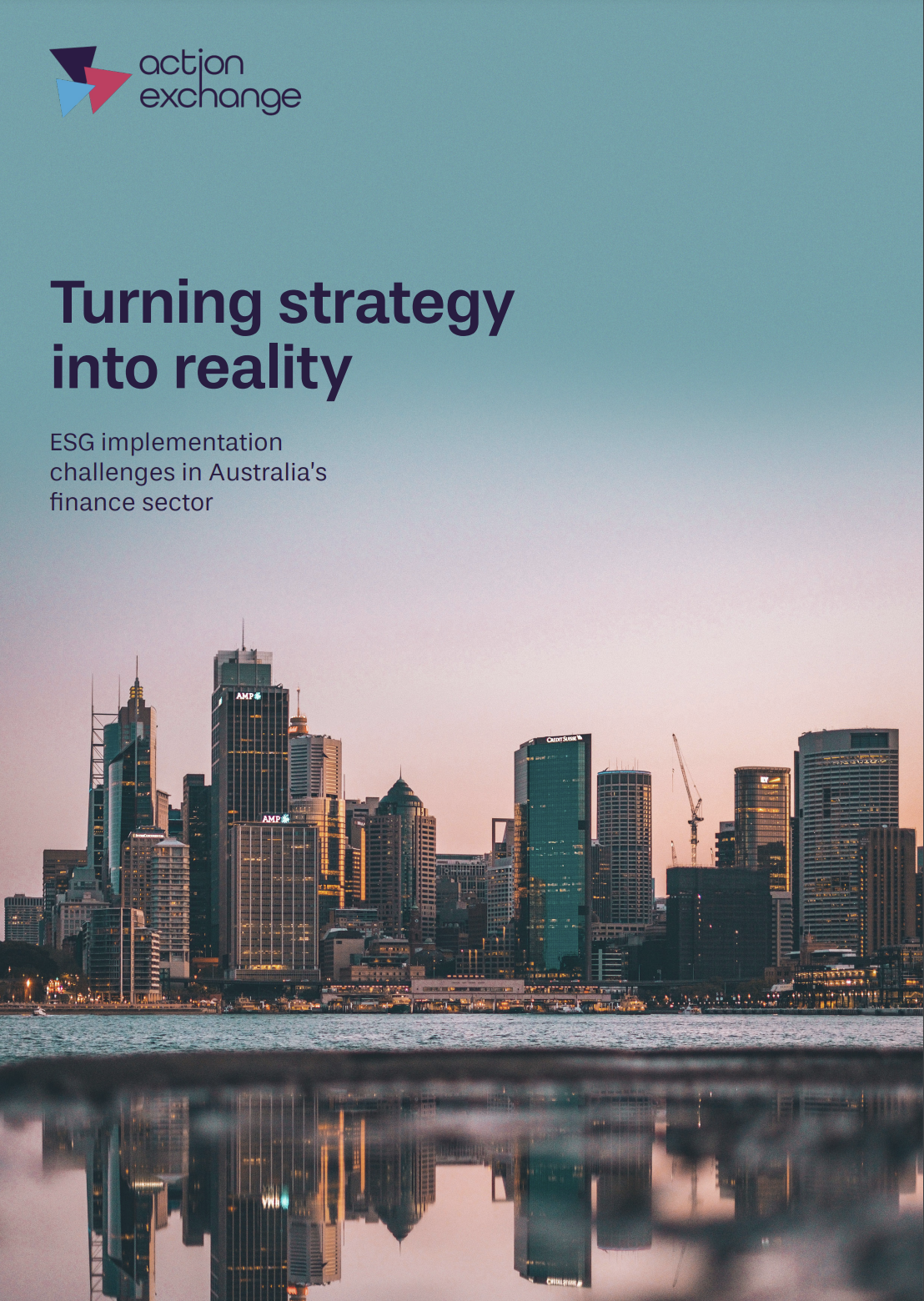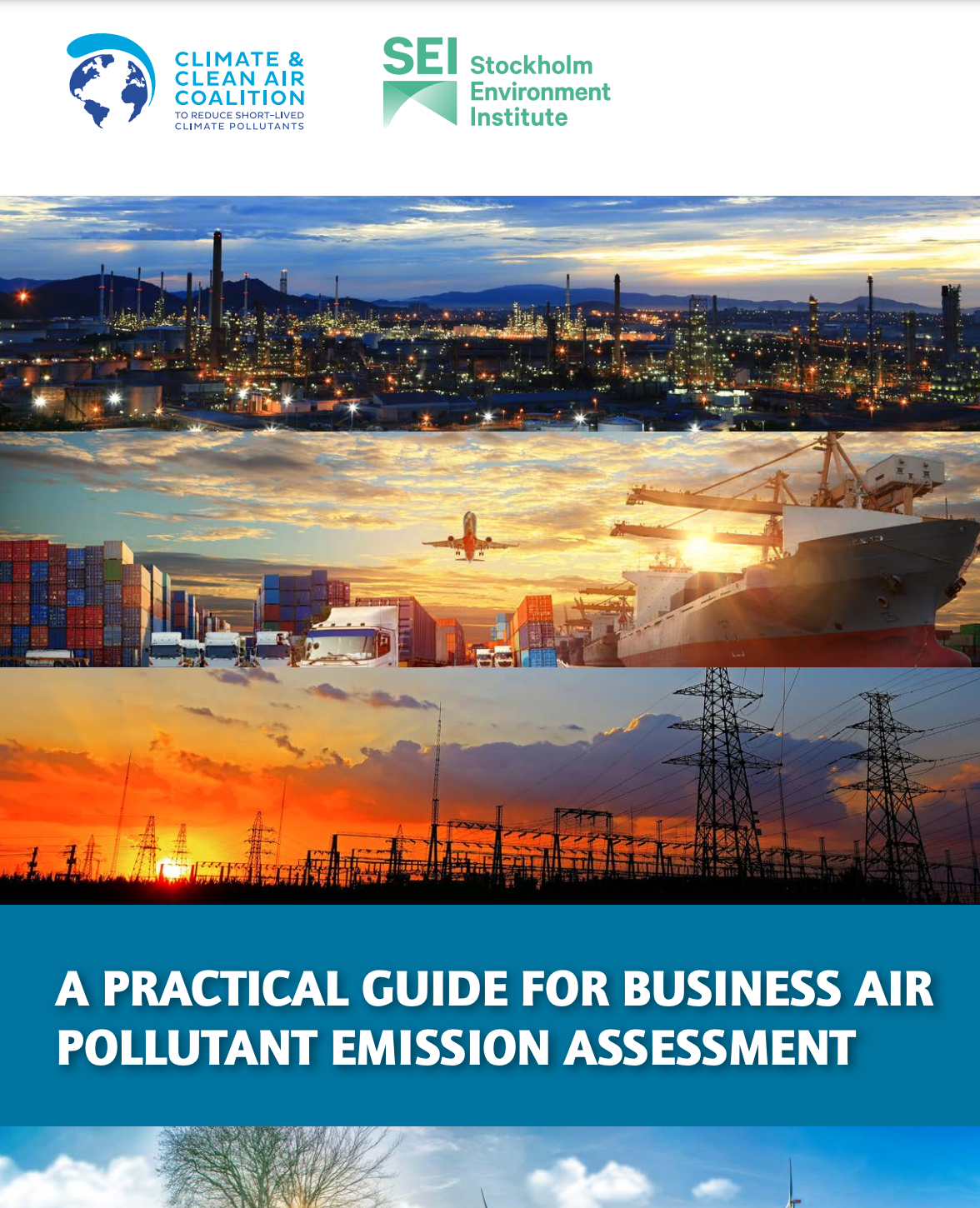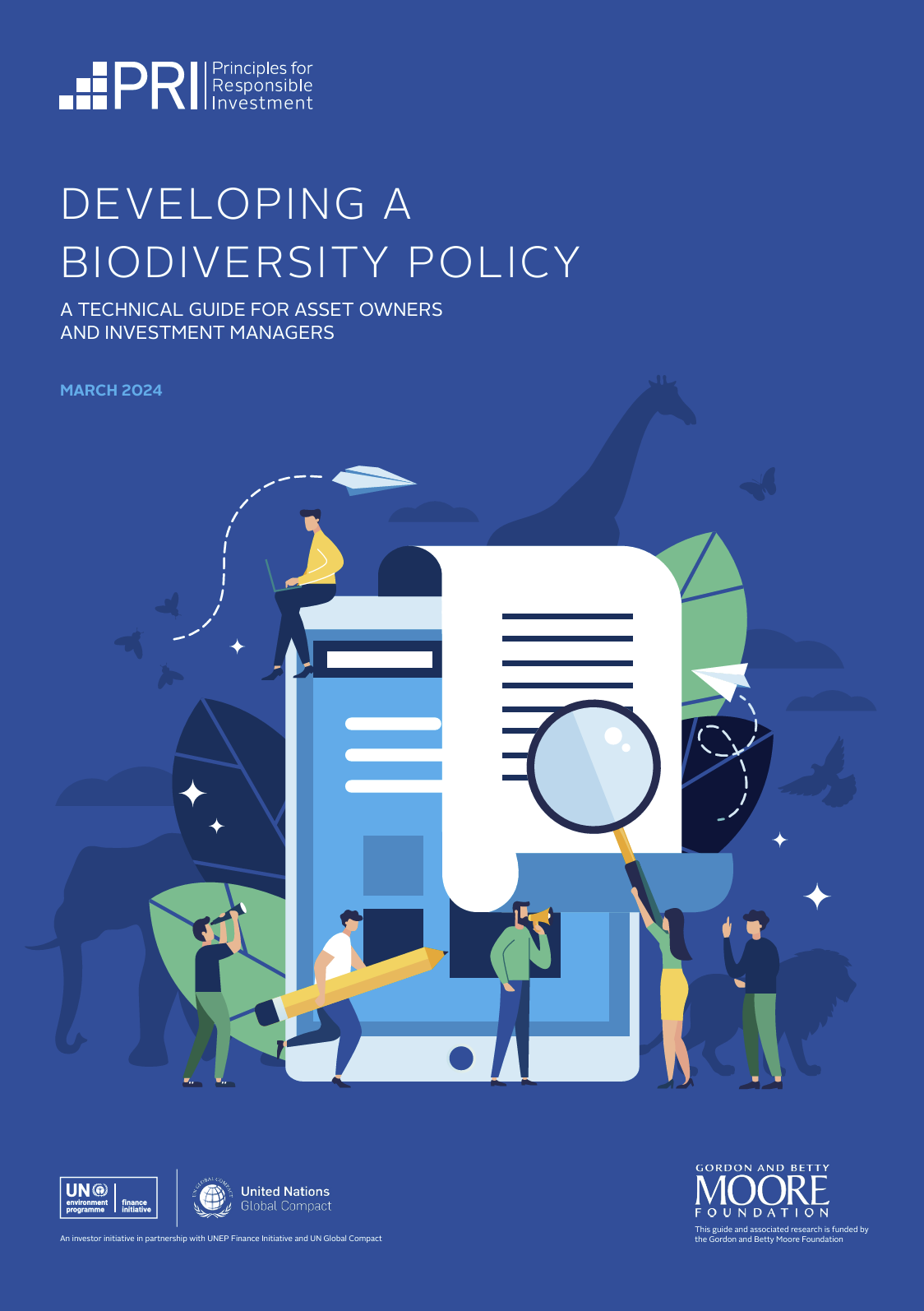Library | Sustainable Finance Practices
ESG strategy, analysis and integration
Tools and methodologies for embedding ESG considerations into investment strategy, analysis and decision-making, credit analysis, and insurance underwriting. These include applying different approaches, including positive and negative screening, ESG analysis and asset allocation.
Refine
278 results
REFINE
SHOW: 16


Investment model validation: A guide for practitioners
This guide offers a practical framework for assessing the robustness of investment models used in finance. This report covers methodologies such as backtesting, cross-validation, and scenario analysis to mitigate model risk, providing investment professionals with tools to enhance decision-making processes and model reliability. The guide stresses the importance of aligning model outcomes with economic theory and offers insights into performance benchmarking.
Insurance-associated emissions: Top tips for finance teams of insurers and reinsurers
This report provides finance teams in the insurance industry with practical guidance on calculating insurance-associated emissions. It outlines the PCAF Standard, emphasises the importance of establishing an emissions baseline, and offers actionable steps for leveraging data, improving processes, and supporting decarbonisation.
Building sustainable business models in private banks: A pathway to a better future
This report highlights the SPRING framework, aimed at integrating sustainability within private banking. It presents findings from a pilot study, emphasising the need for private banks to incorporate ESG in operations, improve risk management, foster governance, and engage clients on sustainability preferences. The report also provides actionable recommendations for private banks to drive positive environmental and social impact.
Turning strategy into reality: ESG implementation challenges in Australia’s finance sector
The report highlights the challenges financial institutions face in embedding Environmental, Social, and Governance (ESG) strategies. It covers topics such as governance, skills gaps, data issues, and the critical role of the front office in driving sustainability goals, offering practical steps for overcoming these hurdles.
Combining AI and domain expertise to assess corporate climate transition disclosures
This paper introduces an assessment framework for corporate disclosures on climate transition strategies. It identifies 64 indicators from 28 frameworks, develops a natural language processing (NLP) tool to automate disclosure assessment, and analyses disclosures of carbon-intensive companies. The findings reveal that companies often prioritise reporting targets over concrete implementation actions.
A practical guide for business: Air pollutant emission assessment
This guide provides businesses with a framework to quantify air pollutant emissions along their value chains. It offers methodologies for assessing emissions from key sources such as electricity, fuel combustion, and transportation, helping businesses reduce pollutants and support better health outcomes and environmental sustainability.
Practical guide to minerals due diligence implementation
This guide provides practical steps for companies to implement due diligence in their mineral supply chains, aligning with OECD, SEC, and EU regulations. It focuses on establishing strong management systems, identifying and mitigating supply chain risks, and ensuring compliance with responsible sourcing standards to prevent human rights abuses and support ethical mineral sourcing practices.
Equity lens toolkit for venture capital investors: Mitigating gender bias within investment processes
The toolkit provides practical tools to help VCs and investors identify and mitigate gender bias in their investment processes. It equips them with strategies to uncover overlooked opportunities and promote inclusive practices, particularly for women founders in the Asia-Pacific region, ultimately fostering a more diverse and equitable investment landscape.
Developing a biodiversity policy: A technical guide for asset owners and investment managers
This guide provides asset owners and investment managers with a structured approach to developing a biodiversity policy. It outlines the importance of addressing biodiversity loss, offers a five-step process for integrating biodiversity considerations into investment practices, and details key components of a comprehensive biodiversity policy, including governance, target setting, and risk management.
RAPID institutional investor guidance framework for the elimination of child labour in supply chains
This framework provides investors with actionable strategies to integrate child labour considerations into their investment processes. It outlines key human rights metrics, emphasising the importance of rigorous data and engagement to drive effective corporate accountability in eliminating child labour.
Conflict sensitivity in projects: Practical measures for private sector clients
This report provides practical measures for private sector clients to incorporate conflict sensitivity in their projects. It emphasises the importance of understanding and managing conflict risks to avoid exacerbating violence, promote social cohesion, and enhance investment resilience in fragile and conflict-affected environments.
Asia in focus: ESG investing and the business and human rights agenda
The report examines the state of ESG investment in Asia, highlighting the challenges and opportunities faced by investors, regulators, and companies. It explores the rise of ESG funds, active ownership, sustainable bonds, and the evolving regulatory landscape.
Global sector strategies: Investor actions to align the aviation sector with the IEA's 1.5°C decarbonisation pathway
The report outlines investor actions needed to align the aviation sector with the IEA's 1.5°C decarbonisation pathway, emphasising sustainable aviation fuels, significant investment in new technologies, demand management, and avoiding carbon offsets. It aims to accelerate the sector's transition to net-zero emissions, ensuring climate goals are met by 2050.
Towards orderly green transition: Investment requirements and managing risks to capital flows
The report examines the investment needs for a green transition in emerging markets (EMs), the current state of green investment flows, and the risks to capital flows. The report underscores the need for increased private investment and addresses the barriers and structural issues limiting green finance in EMs.
State of nature-related disclosures: Assessing TNFD alignment of nature-related disclosures by firms in high-risk sectors
The report evaluates the alignment of firms' nature-related disclosures with the TNFD framework. It covers eight priority sectors, highlighting disclosure gaps and providing recommendations for improvement to ensure comprehensive, high-quality nature-related reporting.
Briefing for finance: Climate action
Climate change poses a significant risk to businesses, with potential for financial and operational disruption. However, addressing climate change also presents opportunities for innovation, resilience, and improved reputation. Organisations can mitigate these risks and capitalise on these opportunities by setting net-zero targets, developing transition plans, and integrating climate considerations into decision-making processes.















